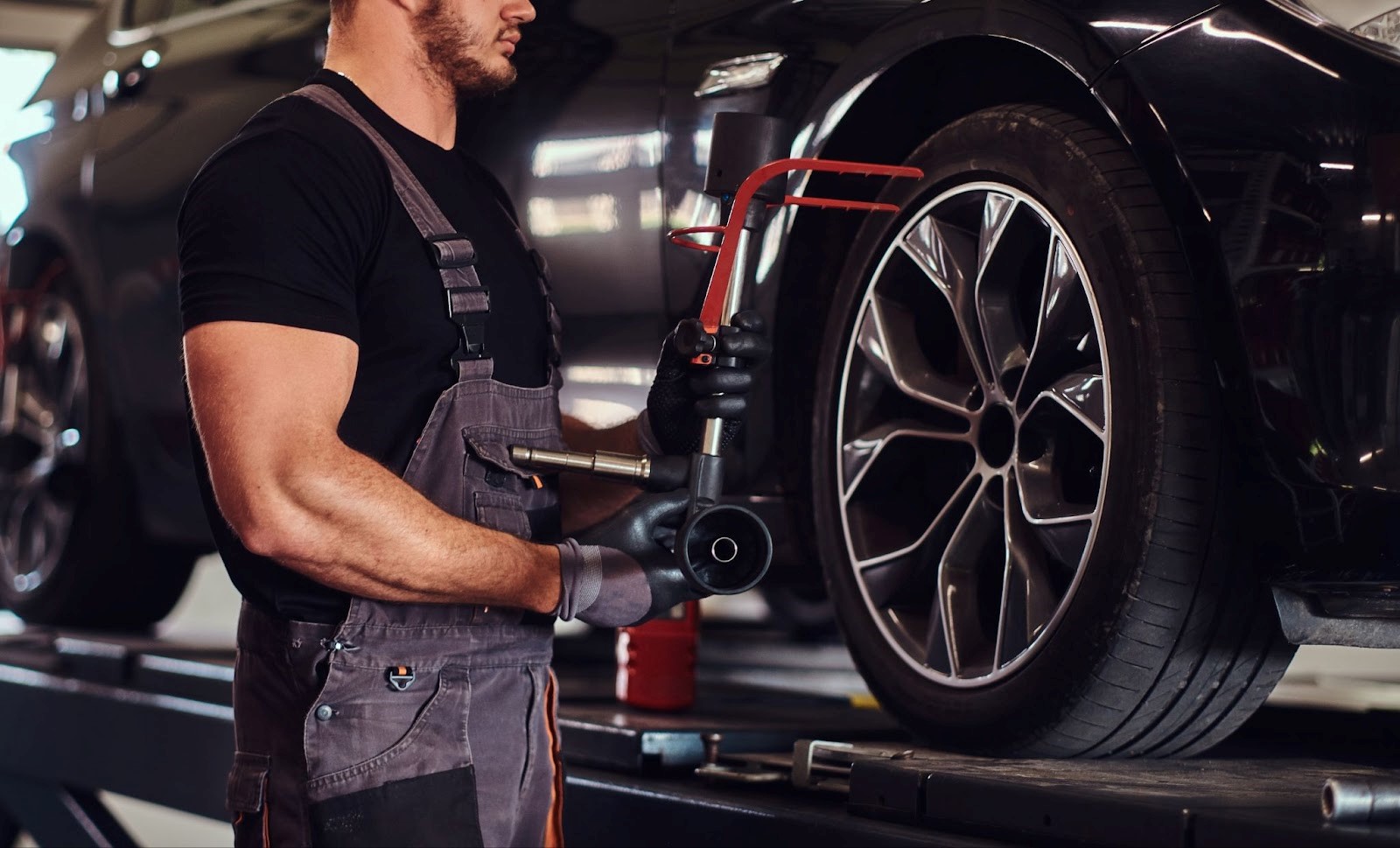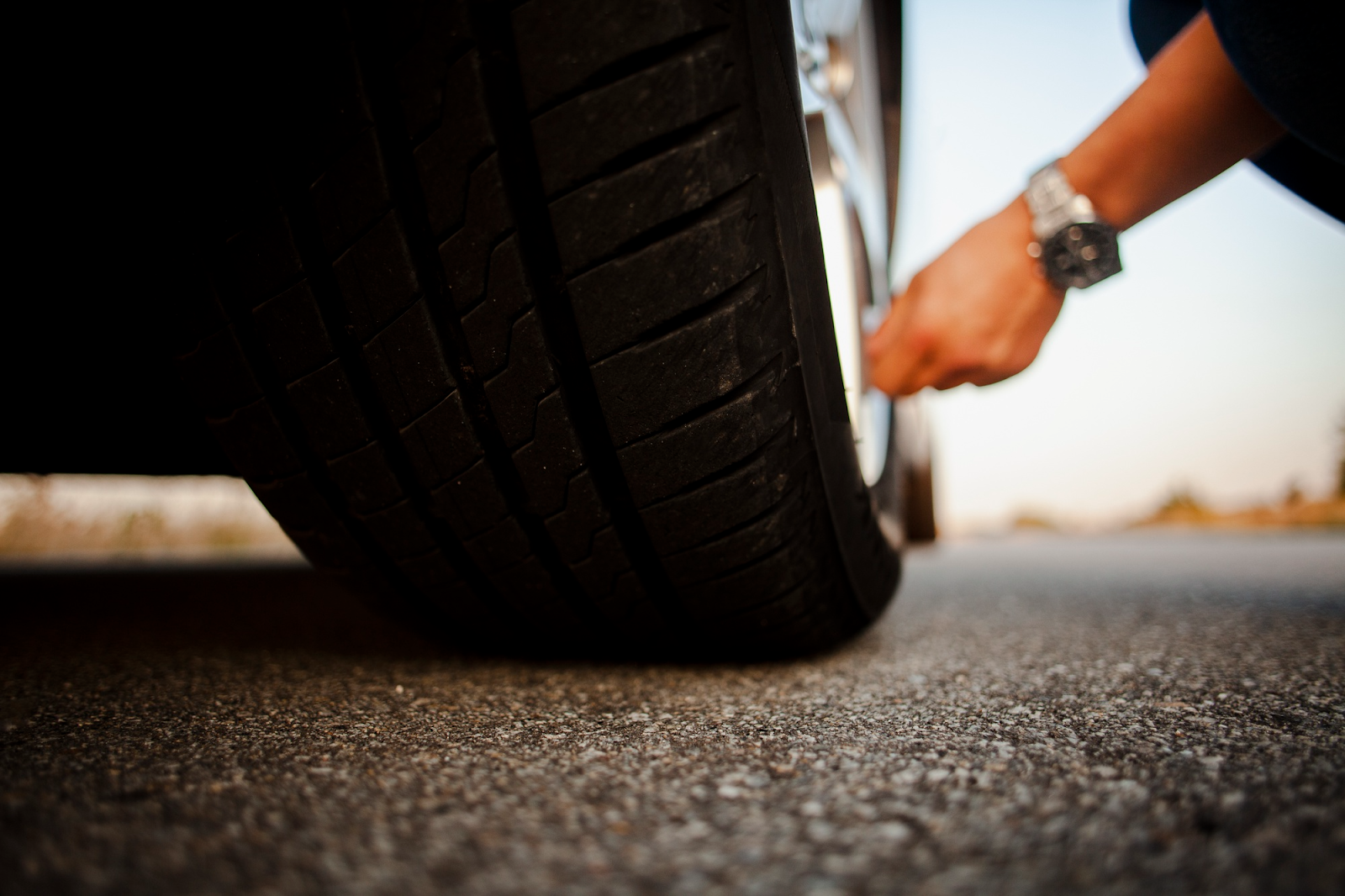Have you ever felt your car pulling to one side or noticed uneven tire wear? These may be signs that your vehicle’s wheel alignment is off, and it’s time to steer into the world of precision. Wheel alignment is a critical aspect of vehicle maintenance, influencing both performance and safety. In this article, we’ll explore when to check wheel alignment, the causes of misalignment, and the numerous benefits that come with keeping your wheels in perfect harmony.
When to Check Wheel Alignment?
After Hitting Potholes or Curbs
One of the most common reasons for misaligned wheels is the impact from hitting potholes or curbs. Even seemingly minor incidents can throw off the delicate balance of your wheels. After a jarring encounter with road imperfections, it’s wise to schedule a wheel alignment check to ensure your vehicle is tracking straight.
Following Suspension or Steering Repairs
Any repairs or adjustments to your vehicle’s suspension or steering components can affect wheel alignment. Whether it’s replacing tie rods, ball joints, or other crucial elements, a subsequent wheel alignment check is essential to ensure that everything is in sync.
Uneven Tire Wear
Keep an eye on your tires. Uneven wear patterns, such as excessive wear on the inside or outside edges, can indicate misalignment. Regularly inspecting your tires and addressing alignment issues promptly can extend tire life and improve fuel efficiency.
After Accidents or Collisions
Collisions, even minor ones, can have a significant impact on wheel alignment. Following any accident, it’s crucial to have your wheel alignment checked as part of the overall vehicle inspection process.
Steering Wheel Off-Center
If your steering wheel isn’t perfectly centered when you’re driving straight, it’s a clear sign that your wheels may be out of alignment. An off-center steering wheel can also contribute to uneven tire wear and compromise vehicle stability.
Causes of Misalignment
Worn Suspension Components
Over time, suspension components like bushings and springs can wear out, leading to misalignment. Regular maintenance and prompt replacement of worn parts can help prevent this issue.
Improperly Inflated Tires
Incorrect tire pressure can impact wheel alignment. Regularly check and maintain proper tire inflation to ensure even wear and optimal alignment.
Vehicle Modifications
Any modifications to your vehicle, such as lifting or lowering, can affect wheel alignment. If you’re a fan of customization, be sure to check alignment after making significant changes to your vehicle’s setup.
Benefits of getting your car’s wheel aligned
Extended Tire Life
Properly aligned wheels ensure even tire wear, extending the life of your tires and saving you money in the long run.
Improved Fuel Efficiency
Correct wheel alignment reduces rolling resistance, contributing to better fuel efficiency. With fuel prices on the rise, this is a benefit both for your wallet and the environment.
Enhanced Vehicle Handling
Precise wheel alignment improves vehicle stability and handling, providing a smoother and safer driving experience.
Reduced Stress on Suspension Components
Misaligned wheels can put additional stress on suspension components, leading to premature wear. Proper alignment reduces this stress, promoting the longevity of your vehicle’s critical parts.
Conclusion
Regularly checking and maintaining your vehicle’s wheel alignment is a small investment that pays off in significant ways. From extending tire life to improving fuel efficiency and enhancing overall safety, the benefits of proper wheel alignment are undeniable. So, the next time you experience a bump in the road or notice your vehicle behaving oddly, remember: a quick check of your wheel alignment can keep you on the road to a smooth and enjoyable ride. Contact us now to get your wheel checked.





